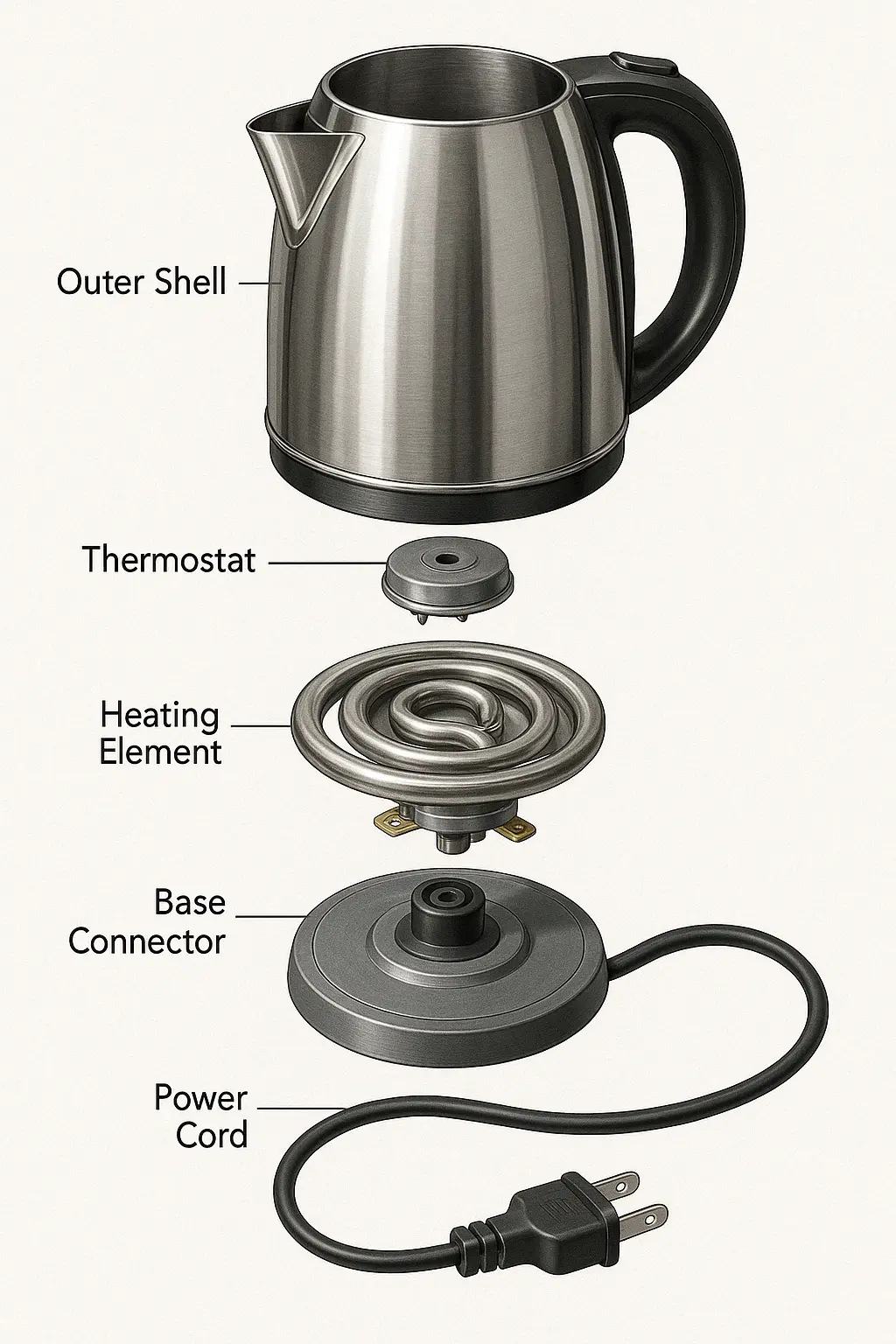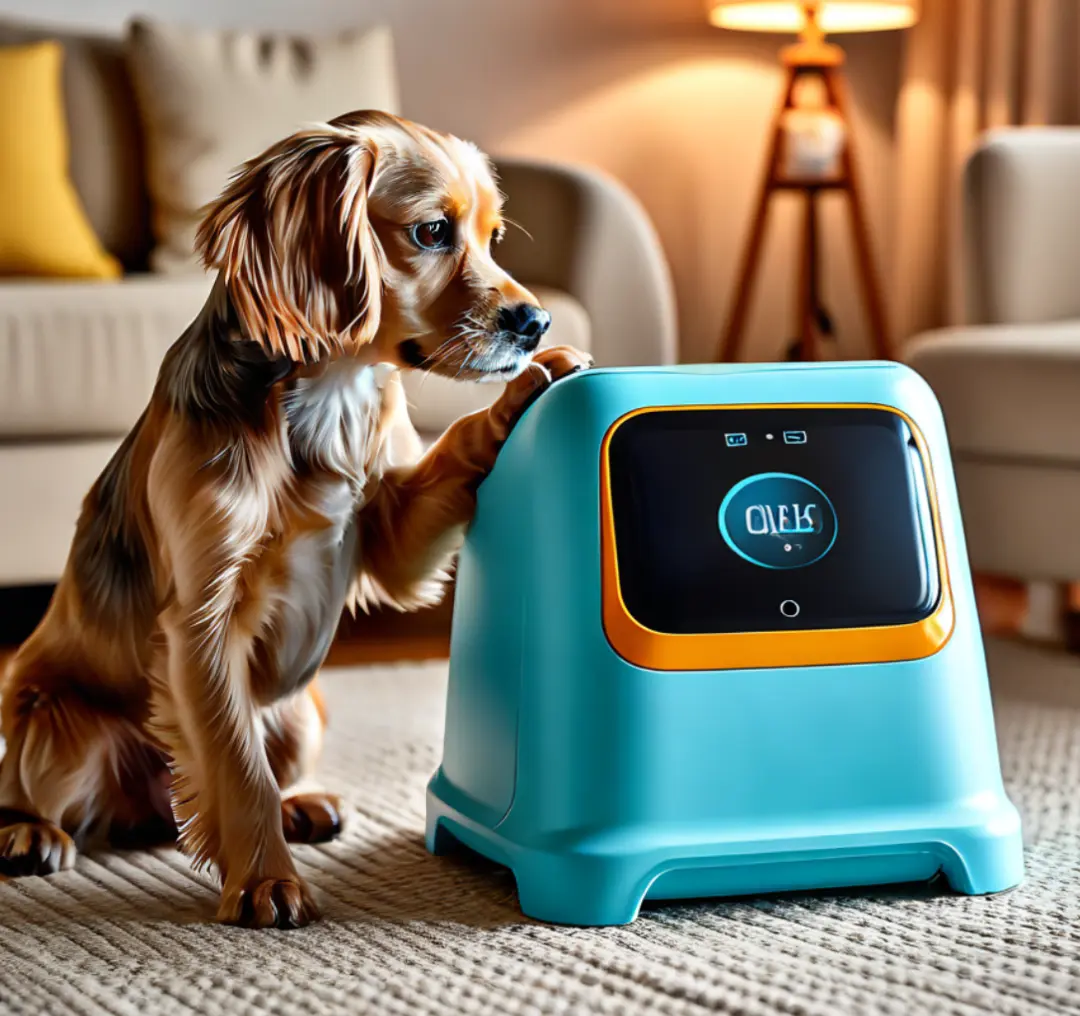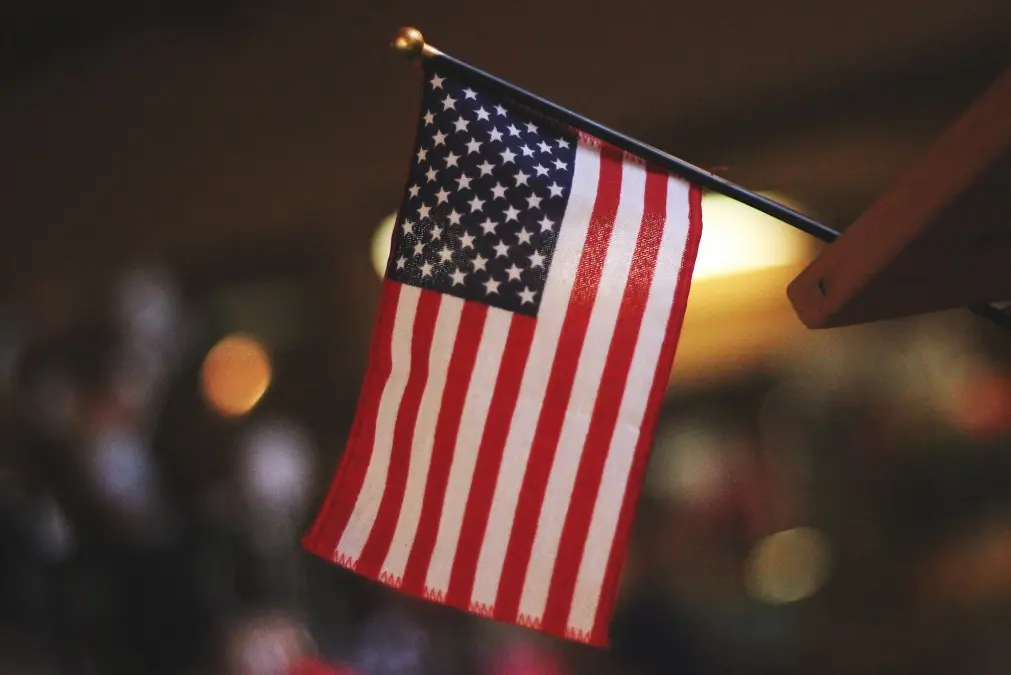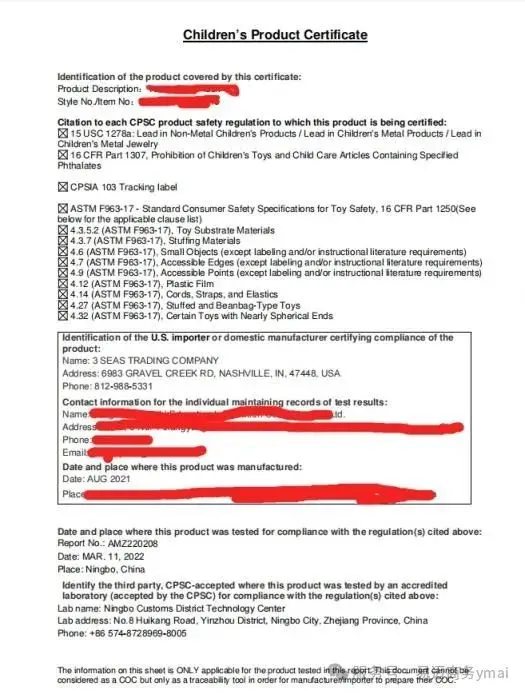
Smart Lighting FCC Certification Testing in the USA
In the increasingly competitive global market, product compliance and certification have become key to accessing markets. Specifically, in the field of smart lighting, FCC certification is not only a recognition of product quality but also a necessary condition for entering the US market.
Overview of FCC Certification
The FCC (Federal Communications Commission) is an independent agency of the US government, directly responsible to Congress. It regulates devices related to communication products, including radio broadcasting, television, telecommunications, satellite, and cable communications. For smart lighting fixtures, FCC certificat ion mainly focuses on aspects such as radio frequency usage and electromagnetic radiation.
Testing Requirements for Smart Lighting Products
Lighting products typically use an independent or integrated power supply to provide power to the light source, converting electrical energy into light energy for general illumination. Currently, most lighting products on the market use LEDs as the light source. According to FCC regulations, these products are classified as unintentional radiators and are subject to Part 15 rules, with the following main requirements:
1. Includes conducted and radiated emissions tests.
2. The measurement range for conducted emissions is 150KHz-30MHz and must comply with the emission limits specified in Section 15.107; the measurement range for radiated emissions is 30MHz-1GHz and must comply with the emission limits specified in Section 15.109.
Certification Requirements for Smart Lighting Products
Smart lighting systems utilize embedded computers, network communications, cloud processing, sensors, and other technologies to form a lighting control system that can achieve intelligent control of lighting equipment and provide rich scene experiences. According to FCC rules, the authorization methods for smart lighting products involve two scenarios: independent authorization for radio modules and authorization for lighting products.
Authorization of Radio Modules
Radio modules used by lighting manufacturers are usually provided by third-party manufacturers. To reduce the technical difficulty of application and improve development efficiency, these manufacturers often pre-apply for FCC authorization for the radio modules.
Radio transmission modules are the core components of smart lighting, commonly using signal transmission modes such as ZigBee, Bluetooth, Wi-Fi, etc., suitable for different product categories and customer needs. These modules are subject to the fcc id authorization procedure, and the following information must be provided when applying:
- Block diagram
- Circuit diagram
- PCB layout
- BOM list
- Nameplate diagram
- Antenna information
- Product manual, detailing the working process of the product
- Software for installing the fixed-frequency program, fixed-frequency operation manual
- Frequency range and number of channels, modulation method, and channel mode
Authorization of Smart Lighting Fixtures
Smart lighting fixtures using radio modules should, in principle, follow the FCC ID authorization procedure. However, if the radio module used within the fixture has already obtained FCC ID authorization, the manufacturer can submit the relevant certification documentation to a third-party lab (hello@jjrlab.com), and the fixture only needs to be tested according to the SDoC procedure. Fixtures approved under SDoC can display the fcc logo without needing to mark the radio module's FCC ID number.
Email:hello@jjrlab.com
Write your message here and send it to us
 Amazon and Temu Require FCM Test Reports
Amazon and Temu Require FCM Test Reports
 Electric Kettle Amazon Canada Compliance Certifica
Electric Kettle Amazon Canada Compliance Certifica
 Do You Understand Amazon Compliance Certification?
Do You Understand Amazon Compliance Certification?
 Pet Products CE Mark
Pet Products CE Mark
 US Toy Safety Standards
US Toy Safety Standards
 Toy Toxicology Testing CA
Toy Toxicology Testing CA
 CPSIA Compliance for Children's Products
CPSIA Compliance for Children's Products
 Food Contact Items Testing
Food Contact Items Testing
Leave us a message
24-hour online customer service at any time to respond, so that you worry!




